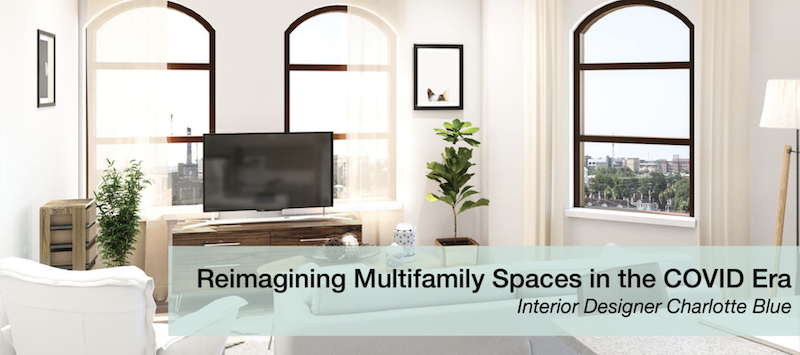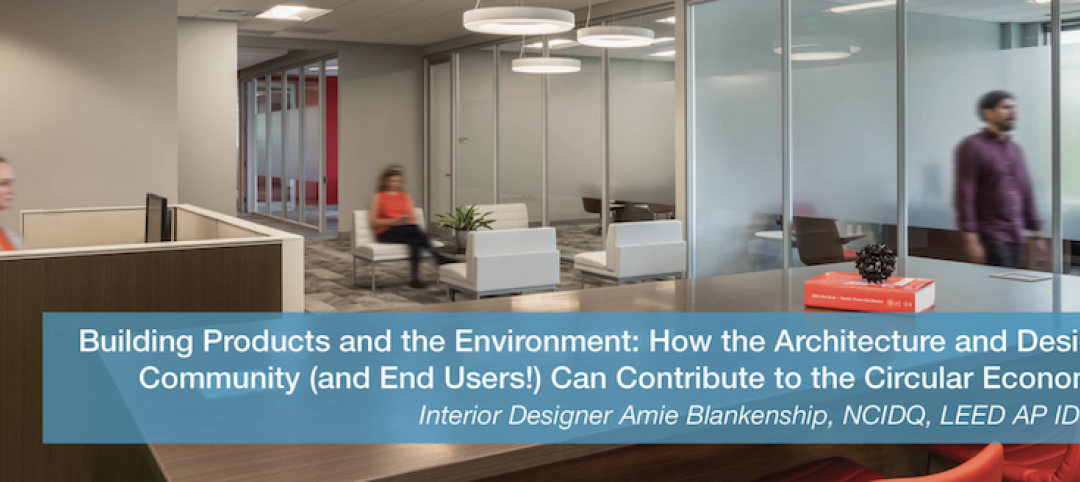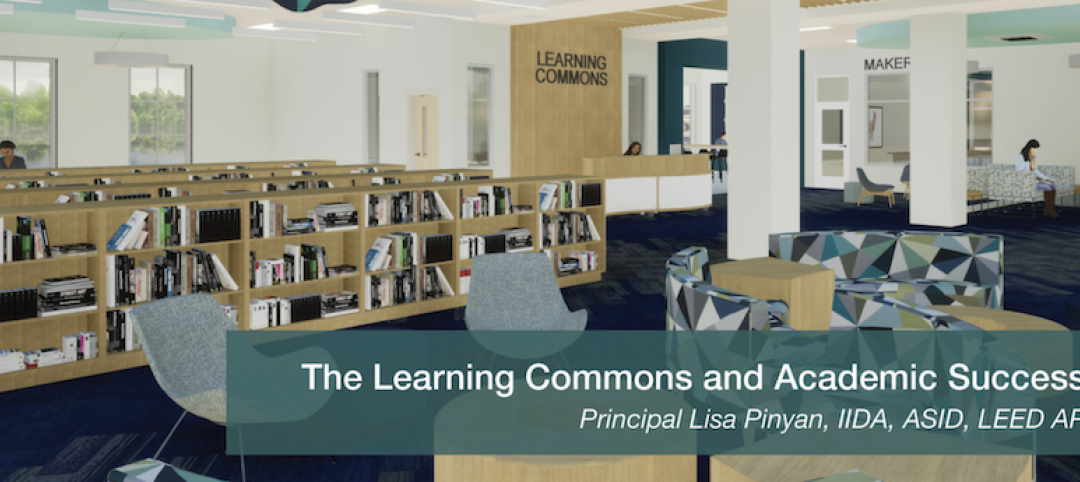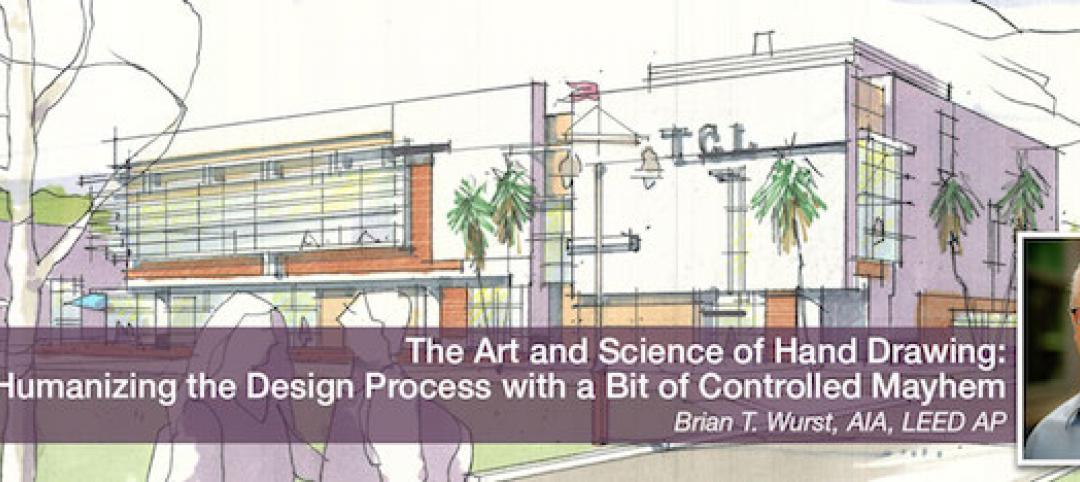After living with the threat of COVID-19 for several months, it is increasingly clear that we will need to manage this situation for some time to come. Habits and lifestyle changes adopted as pandemic strategies may prove enduring, and these changes will be reflected in our designs in both the short-term and long-term.
Multifamily developments pose unique challenges and opportunities. Designers must consider how people use private residential spaces as well as public shared spaces. In both settings, design and operational strategies can support healthier, more comfortable lifestyles as needs evolve.
Unit Design
In an era in which private, controllable space is at a premium, the design of individual units can create flexible, multi-use zones that offer function and enjoyment in a compact footprint.
Mudrooms: Mudrooms can serve as important transition zones between the outside world and a private haven. A layout with a bathroom and storage/laundry closet next to the entry creates a simple decontamination zone for removing shoes and outerwear, storing bikes and commuter gear, and washing hands before moving into the living space. Resilient, easy-to-clean materials such as porcelain tile or polished concrete are key, and pocket or barn doors can separate the space from the rest of the apartment.
Home Offices: Working from home has suddenly become much more common. To make room for an office within a compact footprint, designers can provide nooks which can adapt to a variety of needs depending on the user or time of day. We can also look to hotels for inspiration, providing a console/desk combination under the living room television for a multipurpose solution. Residents may choose to prioritize light, air, and views in the workspaces where they spend most of their waking hours rather than in bedrooms, which is a shift from the past.
Adaptable Millwork: Innovative use of millwork such as built-in, fold-down workstations can make small spaces infinitely more functional. The need for additional storage is growing rapidly, as people are spending much more time at home seek more ways to cleverly conceal personal and household items.
Live/Work Units: The demand for live/work units, such as those with dedicated office space on the bottom floor with studio living spaces above, is likely to increase.
In-Unit Fitness: Many multifamily communities are offering in-unit fitness such as personal fitness stations and high-end personal equipment used with with subscription-based classes, included as an upgrade to the monthly lease payment.
Balcony Design: Fully enclosed balconies provide privacy but may limit visual/social connection. For the best of both worlds, owners can include a range of flexible options which allow visual connections among neighbors with operable screening for added privacy.
Amenity Design
Shared public spaces will need careful attention to safety protocols for the foreseeable future.
Leasing Desk: Leasing desks should allow physical distancing without being barrier-like. A 5’ round dining table, for example, may provide a safer 6’ distance between leasing agents and guests while still feeling welcoming. Furthermore, the typical leasing desk model should be revised to include two separate leasing desks, rather than one large desk.
Lounge Zones: Planning for additional square footage in lounge zones allows more flexible, multipurpose functions which can support both small-group gatherings with physical distances in the short term and larger groups in the long term.
Co-Working Spaces:. Access to outdoor work areas, partial dividers between work counters, stronger Internet capabilities due to increase in number of people working from home, and reservable conference rooms with telecom capabilities will all help residents navigate new modes of work. As residents look for ways to feed their socialization needs while working from home, all amenity areas could potentially serve as a co-working space—even outdoor lawns. Providing small seating groups throughout outdoor amenity spaces will serve the “working from home” resident without adding to the amenity square footage.
Outdoor Amenities: On-site walking and biking paths, especially those that connect to existing paths or parks, allow residents to enjoy nature without getting into the car. This desire may translate into demand for more boutique-scaled neighborhood buildings, which create a sense of community without the stress of concentrated density. Outdoor amenities such as food truck lots can provide opportunities for connection at safer outdoor events.
Package Rooms: With increased ecommerce and remote work, residents will need dedicated secure spaces for package delivery.
No-Touch Operations: Strategies such as phone app, hand wave, elbow-open, or voice-activated door handles; remote lighting/thermostat controls; and hands-free fixtures will reduce touch in public areas. Elevator technology may include holographic projection interfaces or call buttons tied to security systems with ID access, though stringent cleaning protocols at elevator buttons may be a less costly solution.
Finishes: Finishes may include virus-resistant copper, epoxy grout, vinyl and other easy-to-clean fabrics, semigloss paint, and quartz/manufactured stone countertops.
Operations
Short-term adaptations in operations will be necessary to support public health protocols; many operational changes may prove valuable in the long term as well.
Tele-Maintenance: Maintenance staff may be able to address general maintenance items via teleconference or how-to videos to reduce the need for in-person contact.
Amenity Reservations: Outlining a ‘schedule of access’ or allowing residents to reserve amenity spaces can reduce the number of guests sharing a space at once.
Occupancy Tracking: Occupancy sensors can help residents and staff monitor which spaces are in use to plan their day around peak use hours and other events.
More from Author
LS3P | Apr 7, 2021
How the architecture and design community can contribute to the circular economy
The goal of the circular economy is to keep materials in circulation through reusing, repurposing, repairing, or reimagining them.
LS3P | Feb 22, 2021
The learning commons and academic success
A vibrant, modern Learning Commons can draw students in and make learning fun.
LS3P | Aug 17, 2020
Covid-19 and campus life: Where do we go from here?
Campus communities include international, intergenerational, and varied health-risk populations.
LS3P | Mar 29, 2019
Designing for resiliency: Lessons learned from Hurricane Florence along the Carolina Coast
Resilient design principles will be critical in preparing our communities for future storms, writes LS3P's Charles H. Boney, FAIA.
LS3P | Mar 4, 2019
The artistry of high performance design
It is no secret that 40% of the US energy consumption occurs in the building sector.
LS3P | Dec 10, 2018
The art and science of drawing: Humanizing the design process with a bit of controlled mayhem
Hand drawing reveals a dimension beyond those available in a CAD drawing or digital rendering.
LS3P | Jan 25, 2018
Cost estimating for K-12 school projects: An invaluable tool for budget management
Clients want to be able to track costs at every stage of a project, and cost estimates (current and life cycle) are valuable planning and design tools, writes LS3P's Ginny Magrath, AIA.













